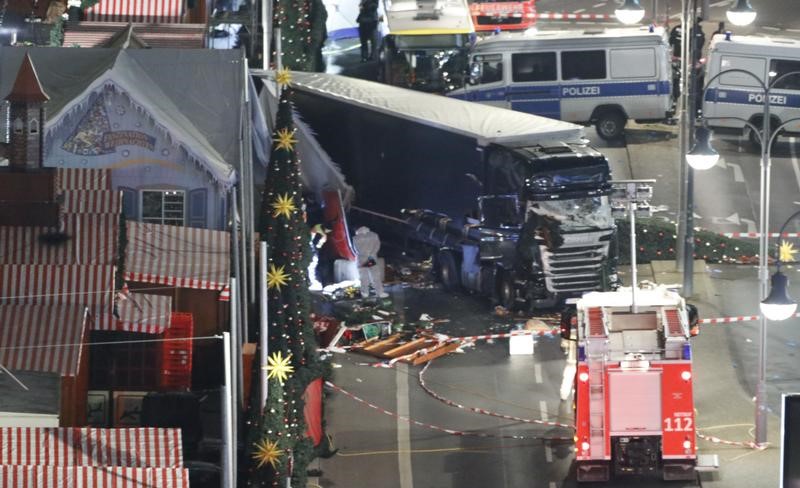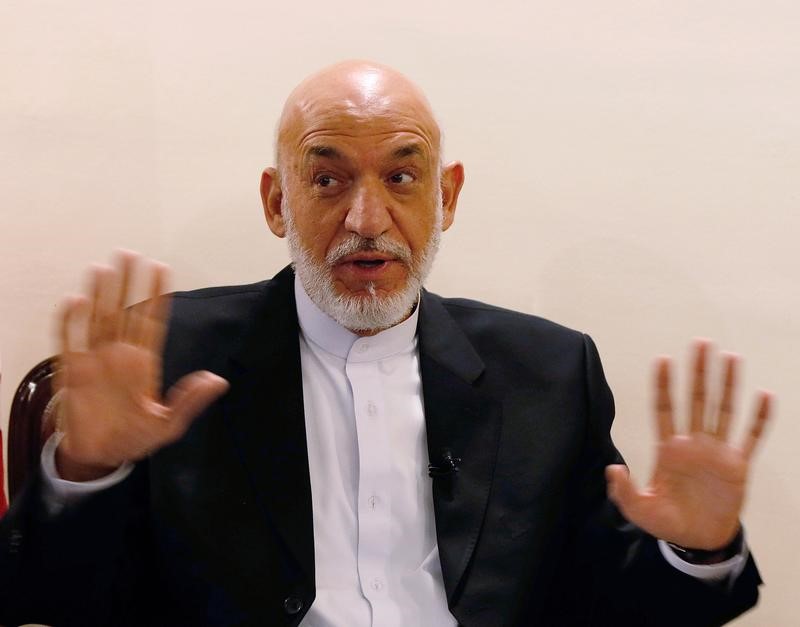
By Emmanuel Jarry and John Irish
PARIS (Reuters) – The man who shot dead a French policeman in an Islamist militant attack had served time for armed assaults on law enforcement officers, police sources said on Friday, as authorities sought a second suspect flagged by Belgian security services.
The gunman, identified as Karim Cheurfi, opened fire on a police vehicle parked on the Champs Elysees in Paris late on Thursday, killing one officer and injuring two others before being shot dead.
The attack overshadowed the last day of campaigning for Sunday’s presidential election first round, bringing raw issues surrounding Islamist militancy to the fore.
Cheurfi, a French national who lived in the eastern Paris suburb of Chelles, had been convicted for previous armed assaults on law enforcement officers going back 16 years, the sources said, and was well known to authorities.
In addition to the assault rifle used in the attack, he had a pump action shotgun and knives in his car, the sources said. Three of his family members have been placed in detention, the French interior ministry announced on Friday.
While in detention, Cheurfi had also shot and wounded a prison officer after seizing his gun. Eventually freed after serving most of his sentence, he was arrested again this year on suspicion of preparing an attack on police – but released for lack of evidence.
A French interior ministry spokesman confirmed on Friday that a manhunt was underway for a second individual, based on information from Belgian security services.
“It’s too early to say how or whether he was connected to what happened on the Champs Elysees,” ministry spokesman Pierre-Henry Brandet said. “There are a certain number of leads to check. We are not ruling anything out.”
A potential second suspect was identified as Youssouf El Osri in a document seen by Reuters. Belgian security officials had warned French counterparts before the attack that El Osri was a “very dangerous individual en route to France” aboard the Thalys high-speed train.
The warning was circulated more widely among French security services in the hour following the Champs Elysees attack.
Islamic State claimed responsibility for the Champs Elysees shooting hours after the attack, in a statement identifying the attacker as “Abu Yousif the Belgian.”
El Osri’s connection with either Cheurfi or the man named in Islamic State’s statement remained unclear on Friday.
Coming just days after police said they had foiled another planned Islamist attack, arresting two men in the southern city of Marseille, the Champs Elysees shooting dominated the final day of election campaigning.
Conservative candidate Francois Fillon and Marine Le Pen, leader of the far-right National Front, both talked up their tough law-and-order stances while centrist front-runner Emmanuel Macron stressed he was also up to the challenge.
(Additional reporting by John Irish, Gerard Bon and Yves Clarisse; Writing by Laurence Frost; Editing by Andrew Callus)












